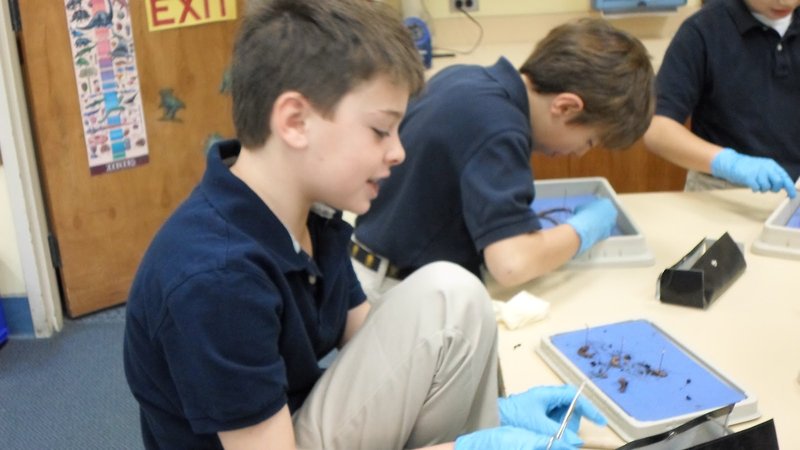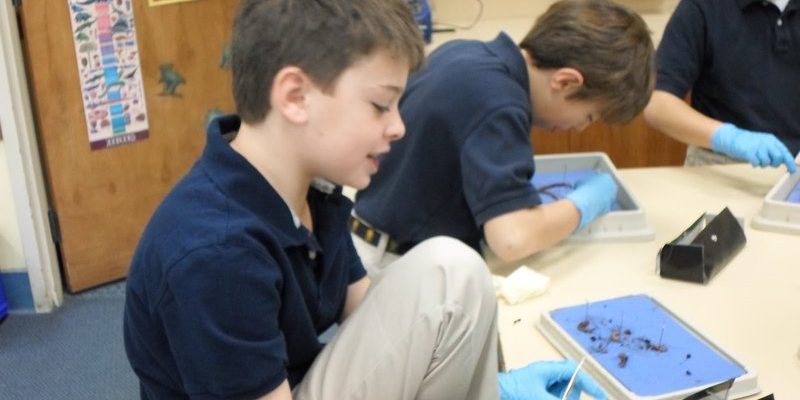
Using segmented worms can spark curiosity among students, similar to finding hidden treasures in the classroom. Imagine the excitement of observing these squiggly wonders up close! From understanding their anatomy to examining their role in soil health, segmented worms provide countless opportunities for engaging lessons. Whether you’re a seasoned teacher or new to the classroom, this guide will help you explore the fun and educational aspects of using segmented worms in your science demonstrations.
Why Choose Segmented Worms for Science Demonstrations?
You might be wondering why segmented worms are such a big deal in classrooms. For starters, they are relatively easy to handle and maintain, making them a practical choice for educators. With their soft bodies and lack of rigid structures, these worms allow students to explore biological concepts without the need for expensive or complicated tools.
Segmented worms also have fascinating anatomical features that are perfect for teaching. Their bodies are divided into segments, which provides a visual and tactile way to explain concepts like segmentation in animals. By observing these segments, students can learn about body organization and even how muscles work in motion. What’s not to love about that?
Finally, studying segmented worms introduces students to important ecological concepts. These little creatures play a critical role in soil health by aerating the ground and breaking down organic matter. By understanding their role in ecosystems, students can appreciate the interconnectedness of life on Earth. Honestly, what better way to get kids interested in the environment than with these slimy helpers?
How to Prepare for a Segmented Worm Demonstration
Before diving into using segmented worms for your science demonstrations, preparation is key. First, you’ll want to gather materials. Here’s a quick list of what you’ll need:
- Live segmented worms (earthworms are a great choice)
- Containers for housing the worms
- Soil or compost
- Magnifying glasses or microscopes (for detailed observations)
- Measuring tools (rulers, scales)
Once you have your materials, it’s essential to familiarize yourself with the worms. Spend some time observing them. Notice how they move and interact with their environment. Understanding their behavior will help you guide your students during the demonstration.
Next, consider how you’ll introduce the topic. You could start with a compelling question, such as, “Did you know that earthworms help make our soil healthier?” This approach invites students to think critically and engages their curiosity right from the beginning.
Engaging Activities with Segmented Worms
Now that you’ve set the stage, let’s talk about some engaging activities you can do with segmented worms. One popular activity is the “Worm Dissection”. This hands-on experience allows students to explore the internal anatomy of the worm. Here’s how to conduct it:
1. Prepare a safe workspace with all materials.
2. Using a magnifying glass, help students locate key structures like the clitellum and segments.
3. Carefully guide them through an exploration of the digestive system, circulatory system, and any other notable features.
Through this activity, students will not only learn about anatomy but also develop a greater appreciation for biological diversity. Plus, they’ll have loads of fun getting their hands dirty!
Another engaging option is to create a “Worm Habitat” project. Students can design and set up habitats for the worms, considering factors like moisture and soil types. This activity helps link a real-world application to their studies, emphasizing the importance of these organisms in ecosystems.
Addressing Common Questions and Concerns
As with any classroom activity, questions and concerns may arise. One common worry is about the welfare of the worms. It’s important to emphasize proper care and handling. Explain that these animals are living beings, and we need to treat them with respect.
Make sure to demonstrate how to hold the worms gently and how to return them to their environment after the lesson. By doing this, you not only teach students about science but also instill values like compassion and responsibility toward living creatures.
You might also be concerned about the cleanliness and messiness of handling worms. An easy solution is to prepare ahead by using trays or containers covered with paper towels. This way, any extra soil or worm “wiggles” can be easily contained, making the experience enjoyable for both you and your students!
Common Troubleshooting Tips
If you’re new to using segmented worms in the classroom, you may run into some hiccups. Here are a few troubleshooting tips to help you along the way:
1. Worm Health: Ensure your worms are active and healthy before starting your demonstration. If they appear sluggish or dry, they may need more moisture. Keep them in a damp soil environment.
2. Student Engagement: If you notice that some students are less engaged, try prompting them with open-ended questions. For example, ask, “How do you think worms help plants grow?” This can foster discussion and keep everyone involved.
3. Handling Concerns: If a student is hesitant to touch the worms, reassure them that it’s completely fine. Encourage them to observe up close with a magnifying glass instead. Everyone learns differently, and that’s okay!
Final Thoughts on Using Segmented Worms
Utilizing segmented worms in school science demonstrations can transform your classroom into a lively hub of exploration and learning. By engaging students with hands-on activities, you not only teach scientific concepts but also inspire curiosity and respect for the natural world.
The joy of seeing students interact with living organisms is truly rewarding. Remember, the goal is to foster an environment where students feel comfortable to explore, ask questions, and make connections. So grab some worms, get your hands dirty, and let the adventure begin! Incorporating segmented worms in your lessons is an experience that can leave a lasting impression on young minds, encouraging them to think critically about the world around them.

